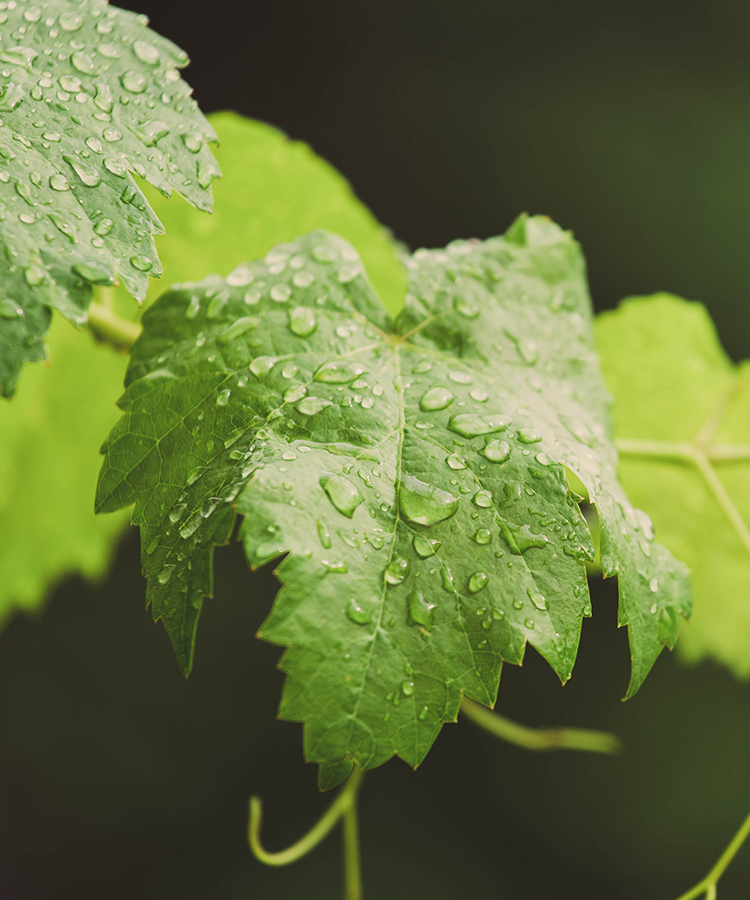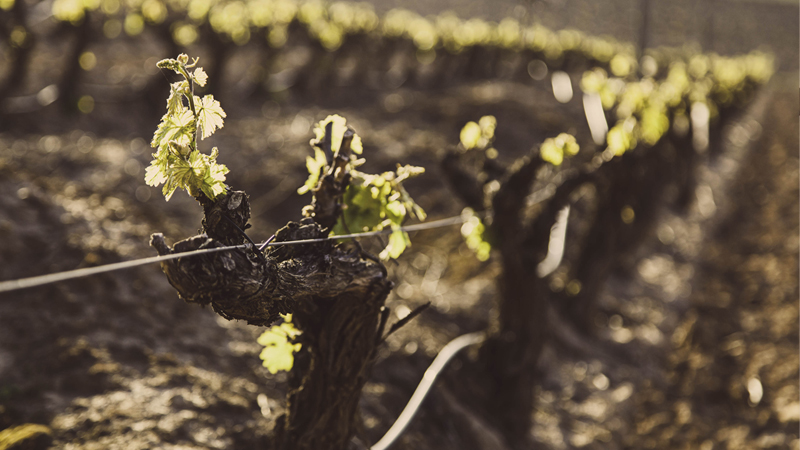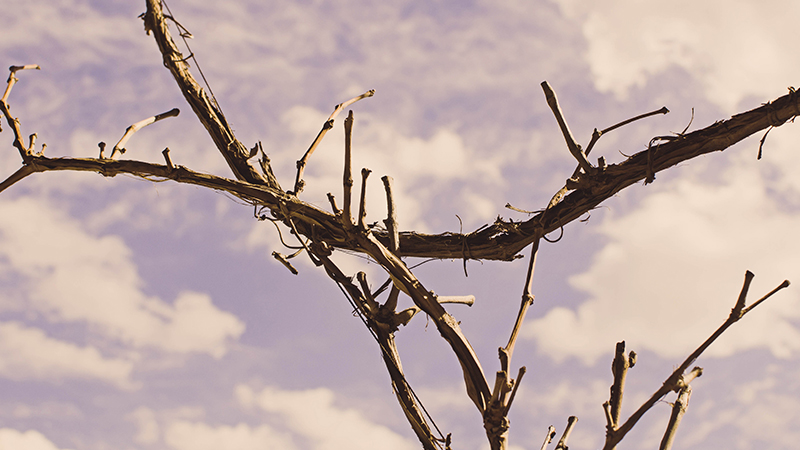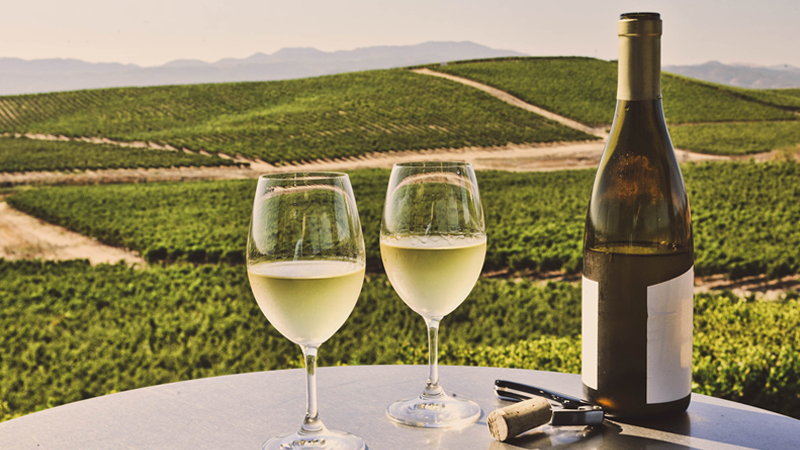Miami will sink. The economy will crash. And — perhaps worst of all — the breadth of our wine selection may suffer.
We’ve all heard the scary headlines when it comes to the destructive power of climate change.
As things (not so) slowly heat up, time-honored grape-growing regions stand to lose the precise, delicate balance of weather patterns that contributes to the characteristics we expect to find in their wines — the place-predicated concept of oenological expression known as terroir. Perhaps even more so than soil type, altitude and growing techniques, established wine regions stake their reputations on the levels of sunshine, heat and precipitation their grapes see during growth.
Just a few inches of rain might redefine what we mean when we call a wine a classic Rhône red or Napa Valley cab sauv, granted the shift were consistent over several seasons. As warming progresses, the elegant, floral, acid-driven expressions of cool-weather varietals could be eclipsed entirely by jammier, warm-weather versions.
In the worst cases, climate change could render some vineyards incapable of producing what are today their most cherished grape varieties — or any grapes at all. One study suggests up to 73 percent of Australian plots currently used for viticulture could be unsuitable for grape-growing as soon as 2050.
The prognosis is especially grim for notoriously finicky varietals like Pinot Noir, which thrives best within a narrow window of just 2 degrees Celsius, according to Dr. Gregory Jones, professor of environmental science and policy at Southern Oregon University.
Dan Warnshuis, owner and winemaker at Utopia Vineyards in Oregon’s prestigious Ribbon Ridge AVA, is well aware that his grapes’ days are numbered.
“The current prediction is that by 2040, we will no longer be able to plant Pinot Noir in the Willamette Valley,” he said, referencing forecasts he and other area vintners receive from Jones’s department.
Having recently returned from a wonderful few days spent meandering around Ribbon Ridge myself, tasting Pinots that ranged from elegant and woodsy to full-on red fruit bombs that fill up the room even as they’re poured, I think it no exaggeration to call losing Willamette a tragedy.
But for other vintners, a couple degrees’ change could mean new opportunities.
When I asked Tom Carroll Jr. of Crossing Vineyards how he settled on his nontraditional southeastern Pennsylvania locale, he admitted that climate change had little to do with it.
Trying out an acting career, Carroll spent several years in California in the late ’90s, falling in love with the wine world while he was there.
“It seemed like if you wanted to be in wine in this country at the time, you needed to go to California,” he admitted.
But although the grapes were on the West Coast, the rest of Carroll’s heart was back east. He couldn’t imagine trying to make a permanent life so far from his family. So he “took a leap” and ventured back to his parents’ property (which had once been a horse farm), and planted his first five acres of grapes. Although it was risky, Carroll’s leap of faith may have paid off — in part due to climate change.
Carroll had decided to plant Cabernet Franc after noticing the varietal’s success a couple of hundred miles south in Virginia. But in the early 2000s, cold winters made the production of a mature, aged, dry expression impossible. He ended up bottling it as a rosé.
But in recent years, he’s been able to let his grapes hang just a little bit longer.
“I’ve noticed our budbreak is sooner,” Carroll said. “If I get one or two or three additional growing days, that could make or break my reds.”
Of course, global warming isn’t a consistent, linear progression, and even accelerated changes aren’t always noticeable on a season-to-season basis. Over the past decade, Carroll and other area winegrowers have had to deal with weather extremes ranging from unexpected cold snaps to major hurricanes.
“Is that just Mother Nature? Is that climate change? I’m not a scientist,” said Carroll.
But he remains hopeful that warmer days will make for more consistent quality for East Coast vintners, especially those growing dry reds.
“Climate change, if that’s what that is, could be a positive for us,” he said.
Further south, warming stands to increase the amount of Argentinian land suitable for grape growing.
Patricia Ortiz, founder and president of Mendoza’s Tapiz winery, said climbing temperatures mean increased snowmelt off the mountains, bolstering the region’s water supply and allowing growers to plant vines higher up the slopes in Uco Valley. One of the brand’s most successful projects, the Alta Collection, is grown exclusively in high-altitude vineyards some 4,600 feet above sea level — some of the loftiest in Mendoza. The resultant wines are showing bright acidity and an increased florality, Ortiz said, especially in grapes like Sauvignon Blanc.
Ortiz also said her red Bordeaux varietals have been improving, displaying riper expressions thanks to warmer days. As warming continues, South America’s growing reputation as a premier New World wine region may continue to blossom, establishing a name for itself well beyond Mendoza Malbec.
In still other parts of the world, growers are eyeing territory that would have once drawn laughter from wine aficionados. After more than 120 years in Australia’s famed Victoria region, Brown Brothers is purchasing land in Tasmania in an attempt to safeguard the production of its popular cool-weather varietals. And the Comité Interprofessionnel du Vin de Champagne — whose website prominently reads “Champagne only comes from Champagne, France” — are eyeballing English vineyards after suffering erratic weather patterns over the past few seasons.
Across the Channel, that has some Brits smiling.
“Why should we help the French when we are already producing better Champagne on our own?” Frazer Thompson, managing director of Chapel Down, asked The Guardian rhetorically after being courted by French producers. “We have exactly the same soil conditions and thanks to global warming the climate is actually better. The only difference is I’m not allowed to call our wines Champagne.”
Jones, when asked to predict which regions may hold elite status in 2050, points to his 2016 study of the “poleward” extremes of current vinification — that is, the vineyards lying farthest to the north and south in each hemisphere. The list includes such improbable locales as Gothenburg, Sweden, Michigan’s Leelanau Peninsula and Chile’s Chiloé Island.
But what about those farmers who’ve put down roots in traditional wine zones?
Many vintners are turning to technological and methodological adaptations to preserve the quality of their fruit despite unpredictable weather. In Willamette, for example, growers are already moving grapes to north- and west- (as opposed to hotter south- and east-) facing slopes. Cristina Mariani-May of Banfi Wines explained the company’s invention and implementation of a new form of trellising, called cordone alberello, to limit excessive growth in hotter-than-average Tuscan weather.
Back in Oregon, Warnshuis surmises that the most famous — and thus, highest-earning — wine regions will be able to use technology to adapt to climate shifts, at least in the short term.
“Even if the weather in Napa Valley changes,” he said, producers will be able to afford new gadgets and vinification methods to maintain their product. After all, Napa wines routinely fetch over $100 per bottle.
Smaller producers like Warnshuis himself may not be so lucky.
“Perhaps we could move to different varietals,” Warnshuis mused, suggesting a surreal-sounding future of Willamette Tempranillo. But since the area largely relies on dry farming, increased heat will make it difficult to successfully grow any sort of grapes whatsoever.
“You would need to irrigate, and that assumes that you have water to irrigate with,” he said.
Some Oregon growers are eyeing property farther north in British Columbia’s Okanagan Valley, where Pinot Noir is already being planted. Some, he said, are even looking inland — toward Central Montana.
But for those who’d like to stay on their estates, there is another option made possible by a climate shift of a different kind.
“Marijuana’s a big deal right now,” said Warnshuis, referencing farmers who grow for recently legalized dispensaries a few miles away in Portland.
Even though it’s legal at the state level, federal restrictions and financial complications stand to introduce a lot of red tape into the bargain. But that doesn’t weigh too heavily on the mind of a vintner who bet his career on a crop that may soon be, literally, fruitless.
“I’m sure it’s not all a big bowl of cherries, but it’s not going away,” Warnshuis said.
“I mean, talk about a cash crop.”



